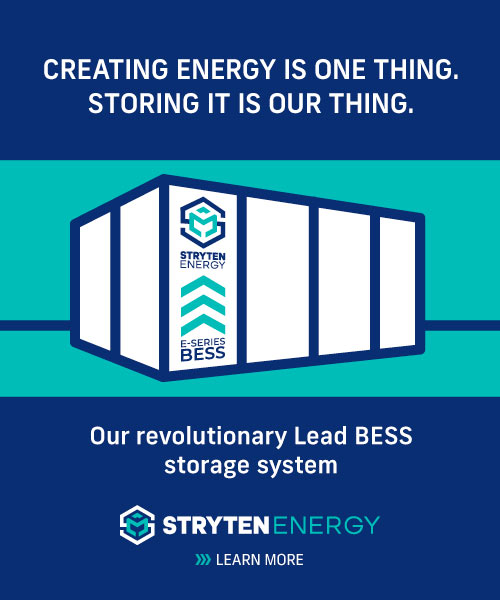Smarter Buildings Can Be More Sustainable
Investing in building technology and control systems can help you run a more energy- and resource-efficient asset.
Finally, we’re talking about making commercial buildings smarter! I have been having several conversations lately with clients who are interested in one or more of the following four things: smart buildings, more resource-efficient buildings, providing occupants of space better agency and interaction with that space, and exploring predictive analytics. As I pointed out last year, there are unique opportunities in real estate to gain sustainability benefits. As a reminder, for most companies the real estate they occupy and how their people get to that real estate typically constitutes 40 to 60 percent of their carbon footprint. And those opportunities require data to realize. I’m here to tell you that the four topics are (or should be) interconnected. And while I’m not a tax professional, I certainly work with plenty of them. As they explain it to me, incentives and grants made available by the Inflation Reduction Act just made sustainability-related spend much more attractive and make the business case more appealing.
So, unpacking all of this, let’s start with the relationship between smart buildings and sustainability. One of the big benefits of investing in smarter building technology and control systems is the ability to run a more energy- and resource-efficient asset. This is a fairly straightforward connection. The better one is able to understand what’s happening in a building, the better one is able to more precisely control the building systems that use resources and produce waste. And, more precisely, controlling these systems leads to fewer resources used and less waste produced, ultimately resulting in lower OpEx and a sustainability benefit. It’s also hopefully not lost on those reading this that occupiers of commercial real estate are increasingly using an asset’s environmental performance as criteria in making selection decisions.
For office users, more precise and real-time control can also be used to give occupants better control over their environment, thus making them more comfortable, more satisfied with their work environment and more productive. When I started my career – basically at the tail end of an era in which it was okay to smoke inside offices (yes kids, it’s true) and men wore suits and ties five days a week – building systems were relatively dumb. HVAC turned on and off at a set time, and it wasn’t uncommon to see lights on 24/7. The new era of occupant centric controls relies on real-time information and, in some cases, occupant input to determine and adjust lighting and HVAC set points throughout the day. I suspect if you’re an office owner, investor, or major occupier, this technology is already on your radar. If not, it’s worth coming up to speed on the technology and the major players.
And finally, all of the above generates data that can be leveraged to better understand what’s actually happening in a given building. For employers, owners and operators, enhanced occupancy sensors help show how space is used (or isn’t) throughout the day, week, month or year. While I understand that use or exposure to personally identifiable information can be problematic or inappropriate, use of anonymized data can be a huge help in making decisions about space needs and layout. Likewise, to the owner or operator, detailed usage information and how that trends can help provide early signals about overall building health or the likelihood that a given tenant will renew their lease.
As we’re having increasingly frequent conversations with employers and owners interested in piloting and deploying smart building solutions, it’s important to understand the multiple potential benefits and uses for the data that smart buildings generate. And thanks to the IRA, making buildings smarter has likely become less costly.
John D’Angelo is a managing director with Deloitte and is the Firm’s real estate solutions leader, designing solutions to address client challenges and push the industry forward. With over 30 years of experience as a management consultant to the global real estate industry, John has helped some of the biggest names in real estate leverage technology and use data to optimize and transform their operations.









You must be logged in to post a comment.